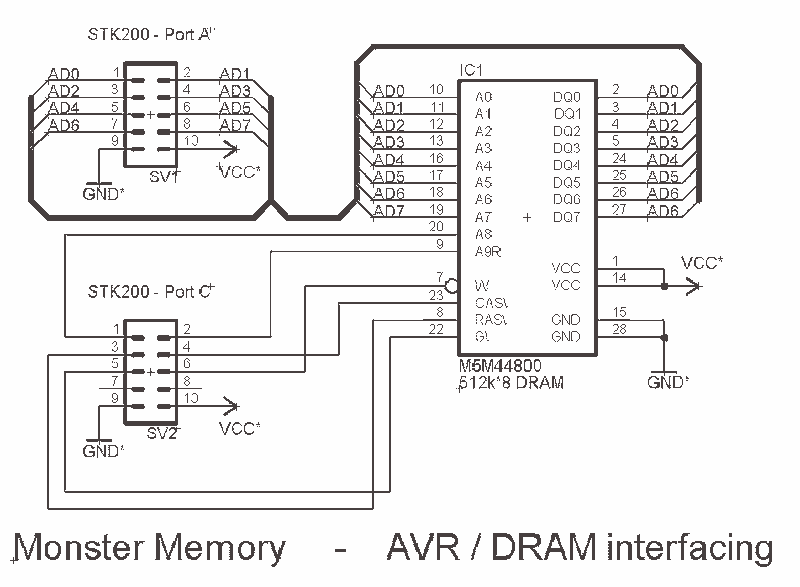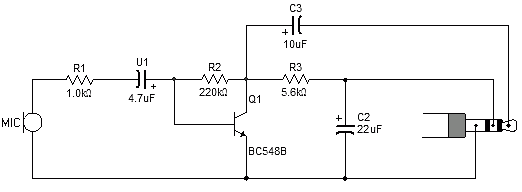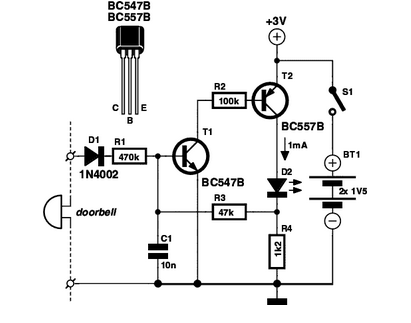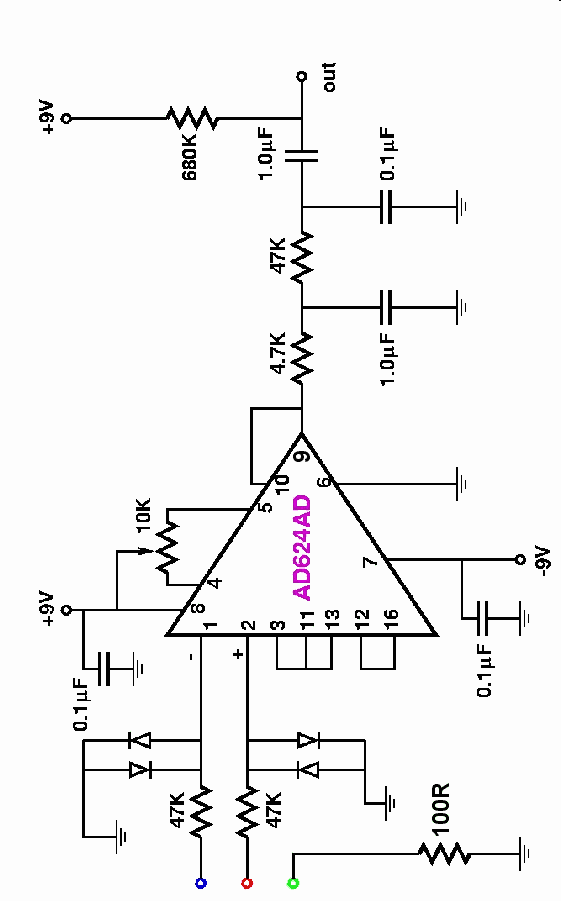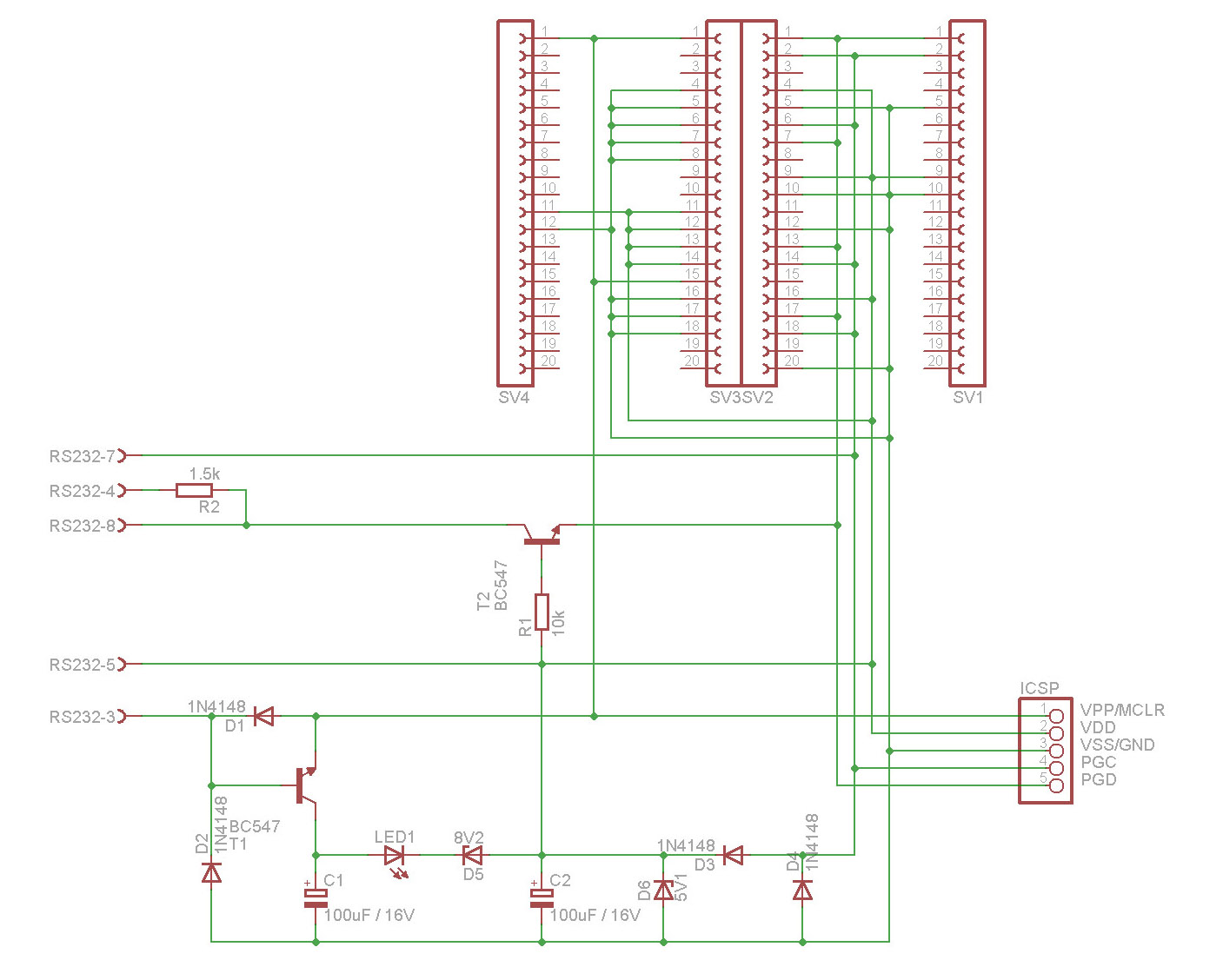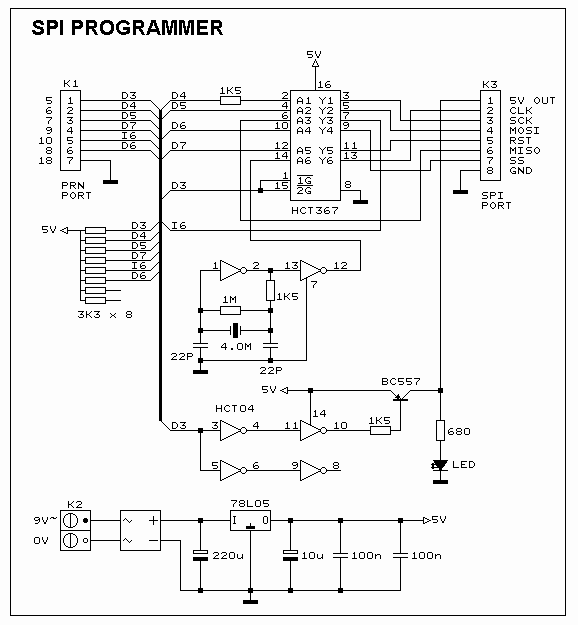
MMC Programmer Memory Card Unlocker
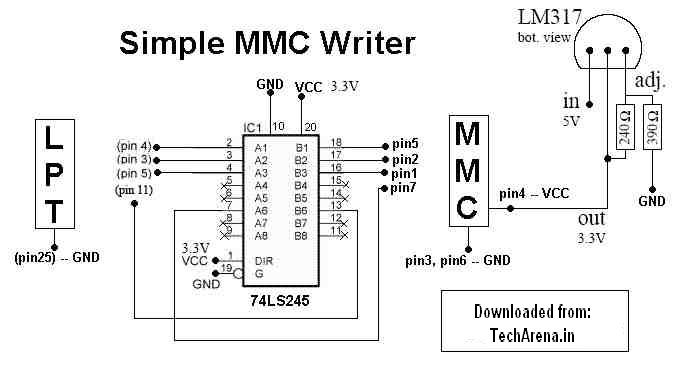
MMC Programmer - Memory Card Unlocker, Portable Devices, Handhelds, palmtops, cellphones, PDAs, pocket organizers, and all those other devices that make computing part of your lifestyle.
The MMC Programmer is a specialized device designed for unlocking memory cards, specifically MultiMediaCards (MMC), which are commonly used in various portable electronic devices. This includes handhelds, palmtops, cellphones, personal digital assistants (PDAs), and pocket organizers. The device facilitates access to the data stored on these memory cards, allowing users to recover or modify information that may be locked or inaccessible due to various reasons, such as forgotten passwords or corrupted files.
The schematic of the MMC Programmer typically includes a microcontroller that manages the communication between the memory card and the host device. The microcontroller is interfaced with a series of input/output pins that connect to the MMC card, enabling data transfer. Additionally, the circuit may incorporate voltage regulation components to ensure that the MMC card operates within its specified voltage range, usually around 3.3V.
A user interface is often integrated into the design, which may consist of buttons for navigation and an LCD display to provide feedback on the status of the card unlocking process. This interface allows users to easily select options, view progress, and receive notifications upon successful unlocking.
For connectivity, the MMC Programmer may feature USB or serial communication ports, allowing it to connect to a computer or other devices for data transfer and further processing. The design might also include protection circuits to prevent damage to the memory card or the programmer itself during operation.
In summary, the MMC Programmer serves as a crucial tool for users needing to unlock and access data on MMC cards across a wide range of portable devices, enhancing the functionality and usability of these essential computing tools.MMC Programmer - Memory Card Unlocker, Portable Devices, Handhelds, palmtops, cellphones, PDAs, pocket organizers, and all those other devices that make computing part of your lifestyle .. 🔗 External reference
The MMC Programmer is a specialized device designed for unlocking memory cards, specifically MultiMediaCards (MMC), which are commonly used in various portable electronic devices. This includes handhelds, palmtops, cellphones, personal digital assistants (PDAs), and pocket organizers. The device facilitates access to the data stored on these memory cards, allowing users to recover or modify information that may be locked or inaccessible due to various reasons, such as forgotten passwords or corrupted files.
The schematic of the MMC Programmer typically includes a microcontroller that manages the communication between the memory card and the host device. The microcontroller is interfaced with a series of input/output pins that connect to the MMC card, enabling data transfer. Additionally, the circuit may incorporate voltage regulation components to ensure that the MMC card operates within its specified voltage range, usually around 3.3V.
A user interface is often integrated into the design, which may consist of buttons for navigation and an LCD display to provide feedback on the status of the card unlocking process. This interface allows users to easily select options, view progress, and receive notifications upon successful unlocking.
For connectivity, the MMC Programmer may feature USB or serial communication ports, allowing it to connect to a computer or other devices for data transfer and further processing. The design might also include protection circuits to prevent damage to the memory card or the programmer itself during operation.
In summary, the MMC Programmer serves as a crucial tool for users needing to unlock and access data on MMC cards across a wide range of portable devices, enhancing the functionality and usability of these essential computing tools.MMC Programmer - Memory Card Unlocker, Portable Devices, Handhelds, palmtops, cellphones, PDAs, pocket organizers, and all those other devices that make computing part of your lifestyle .. 🔗 External reference
